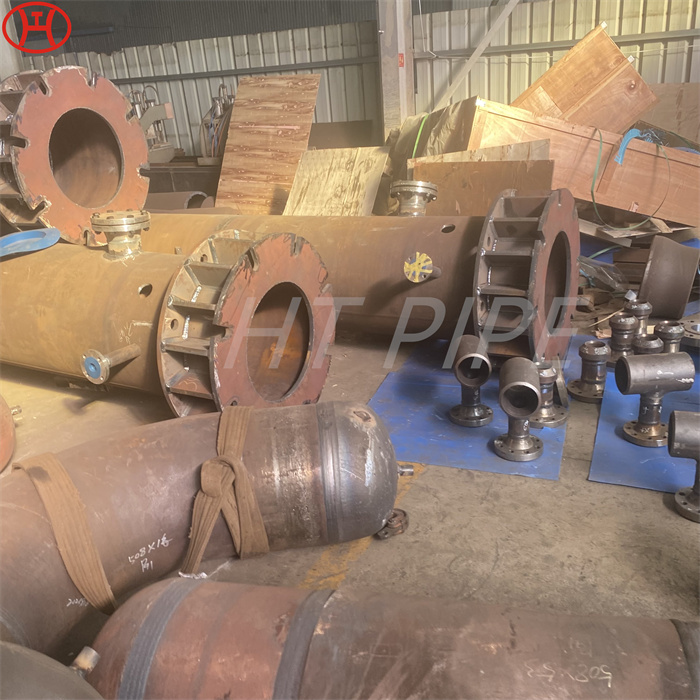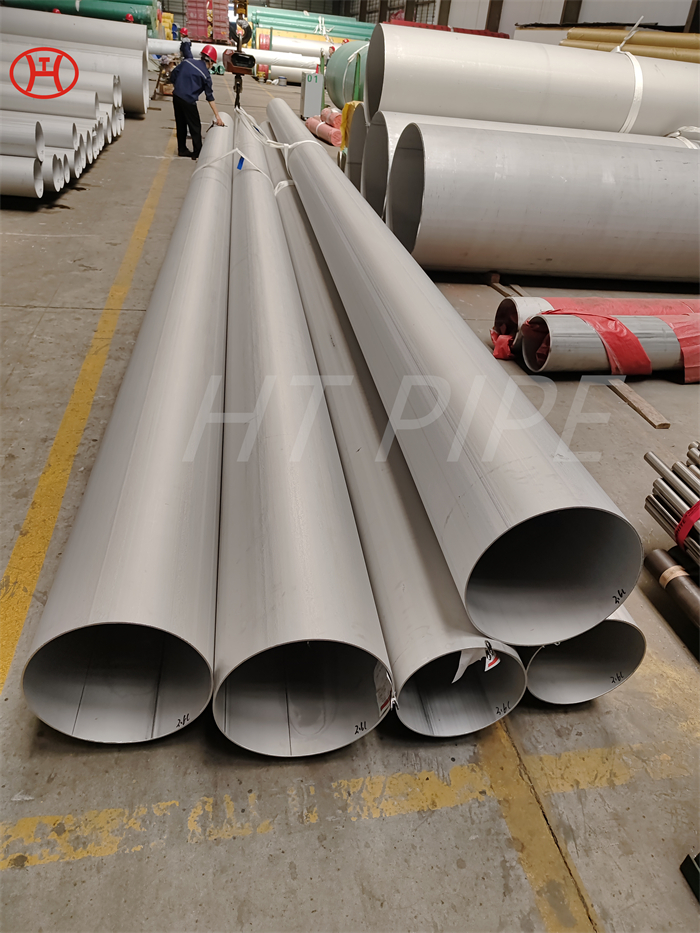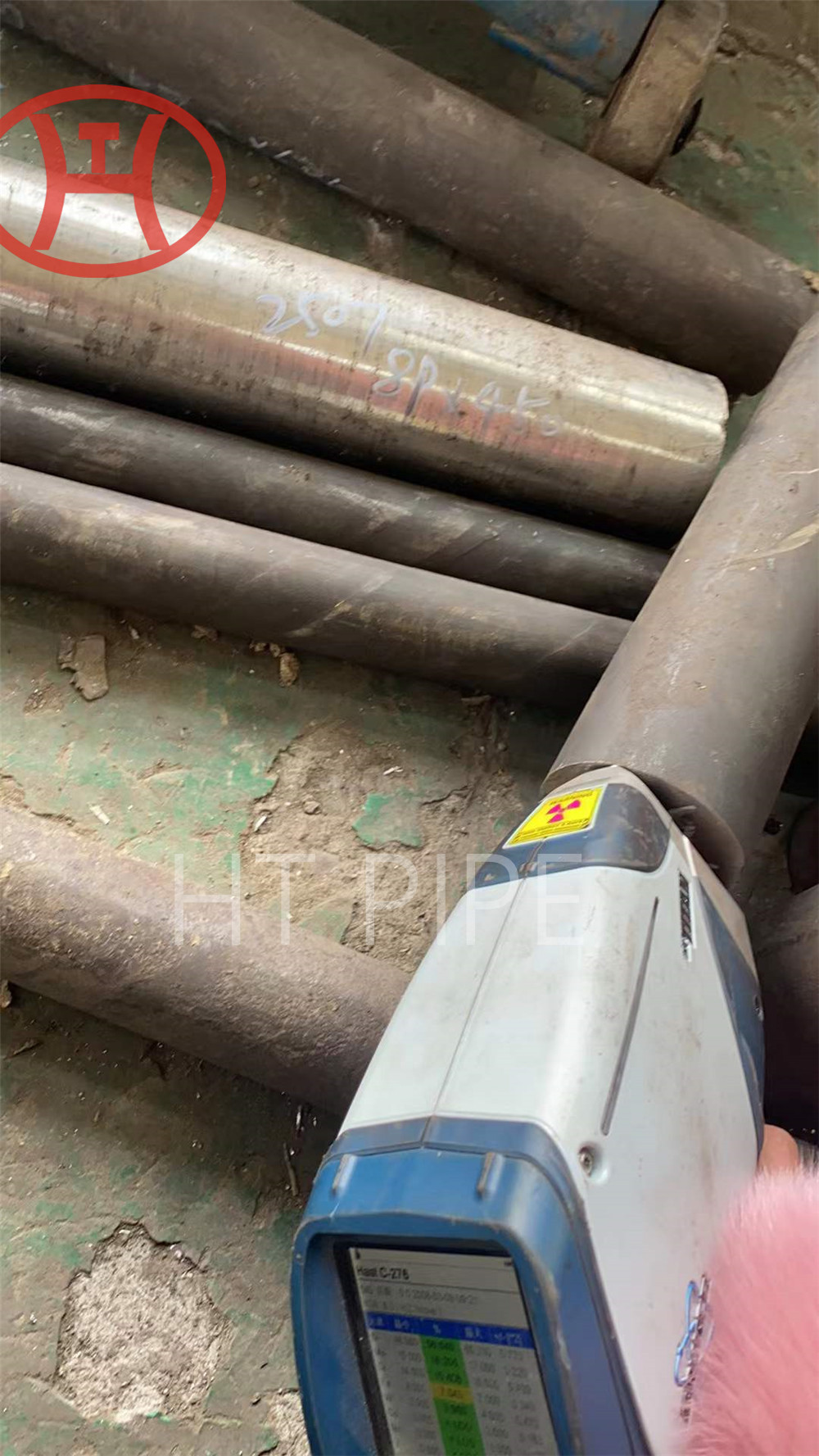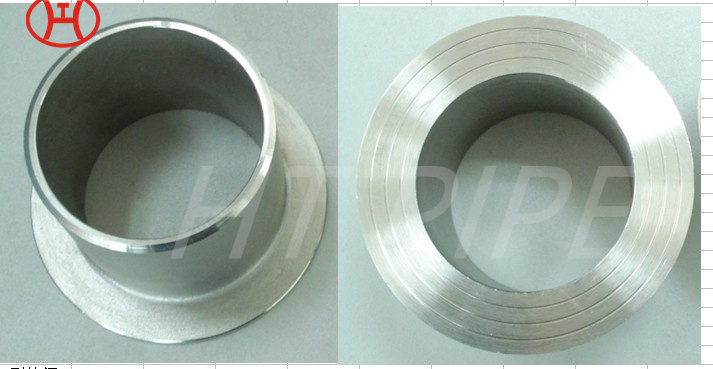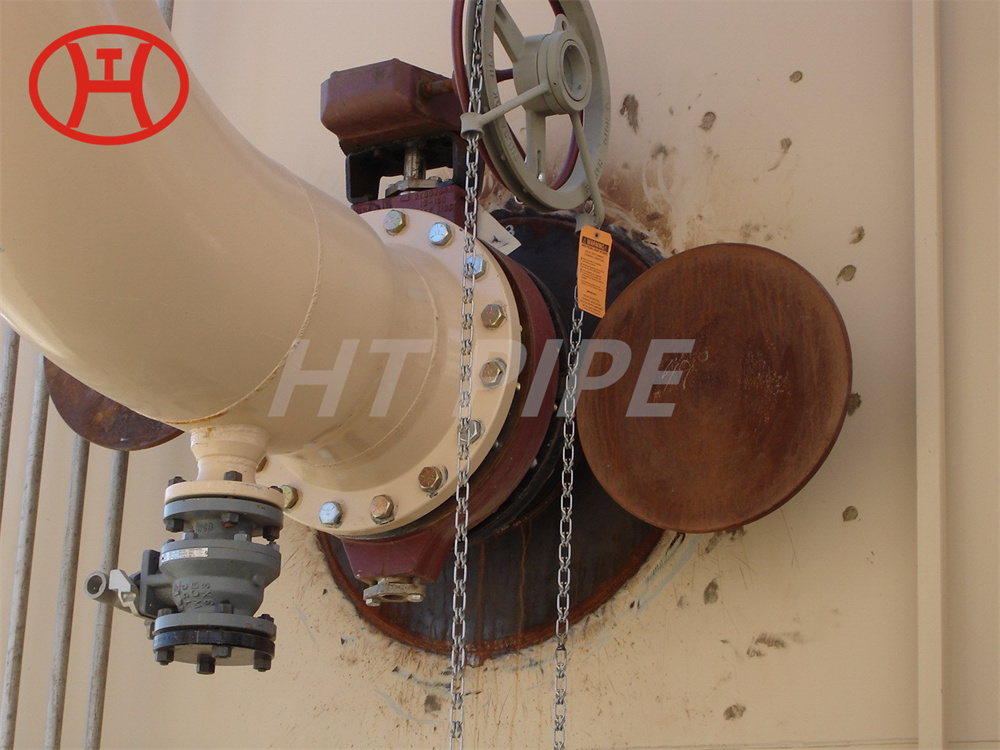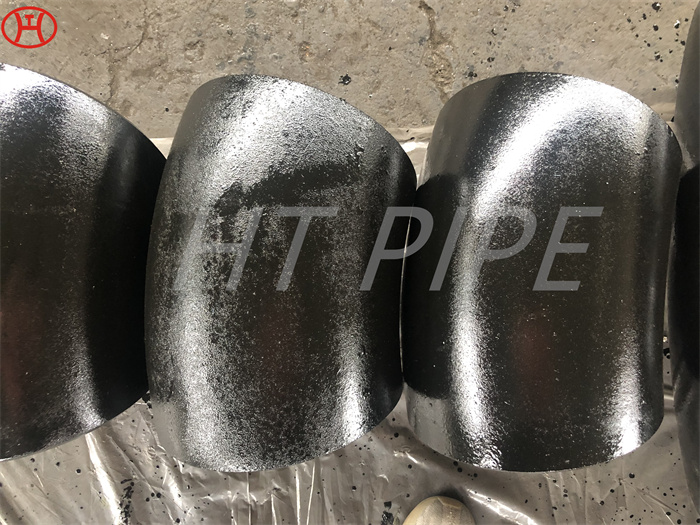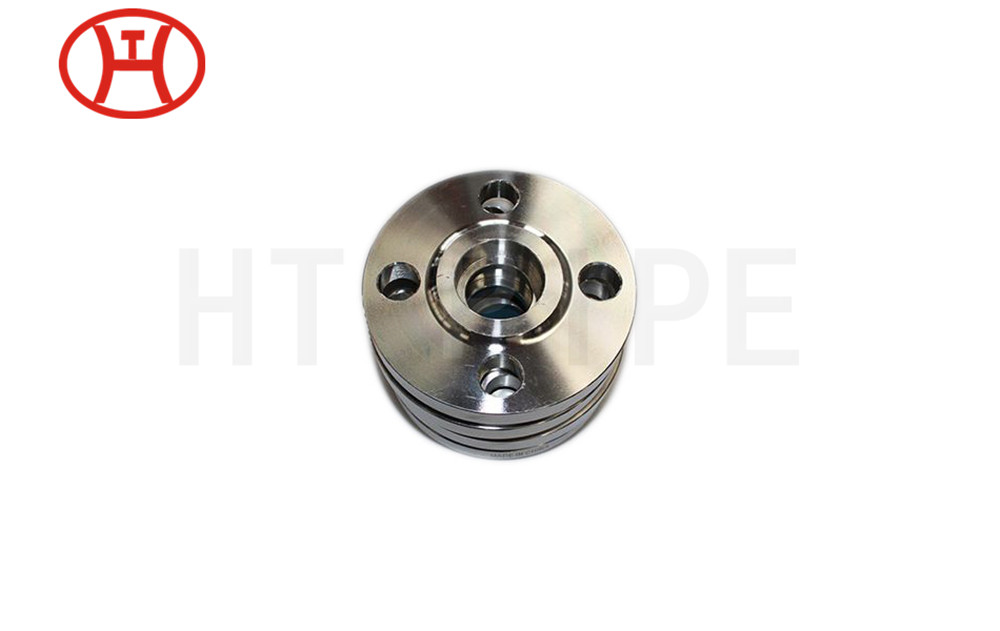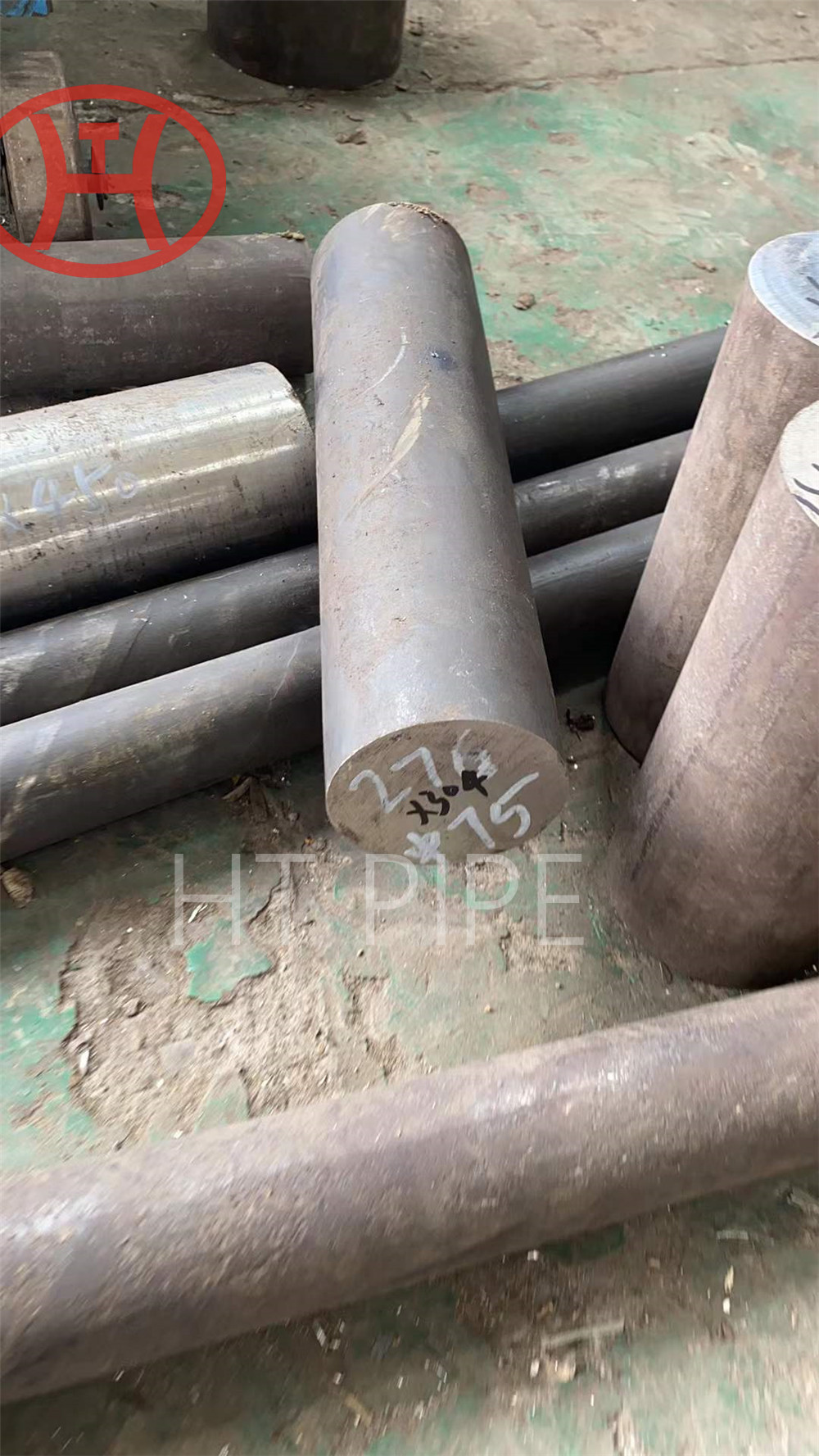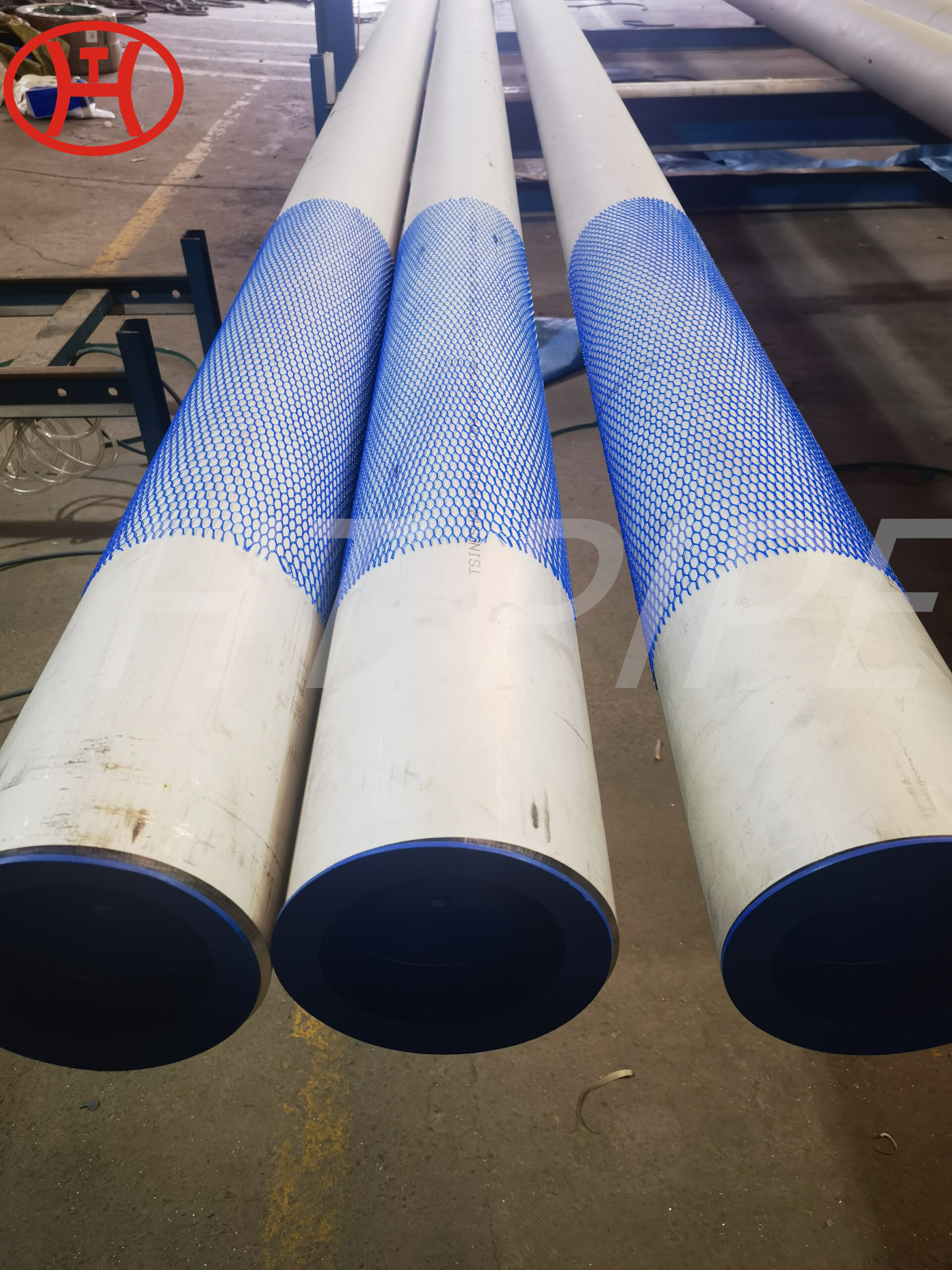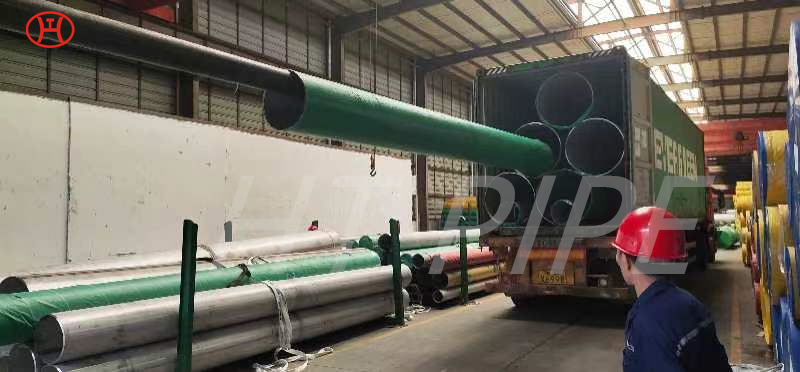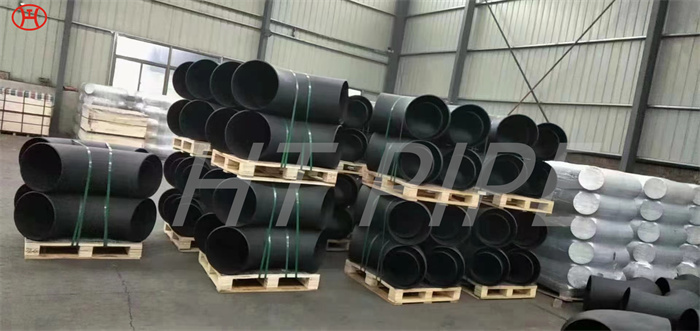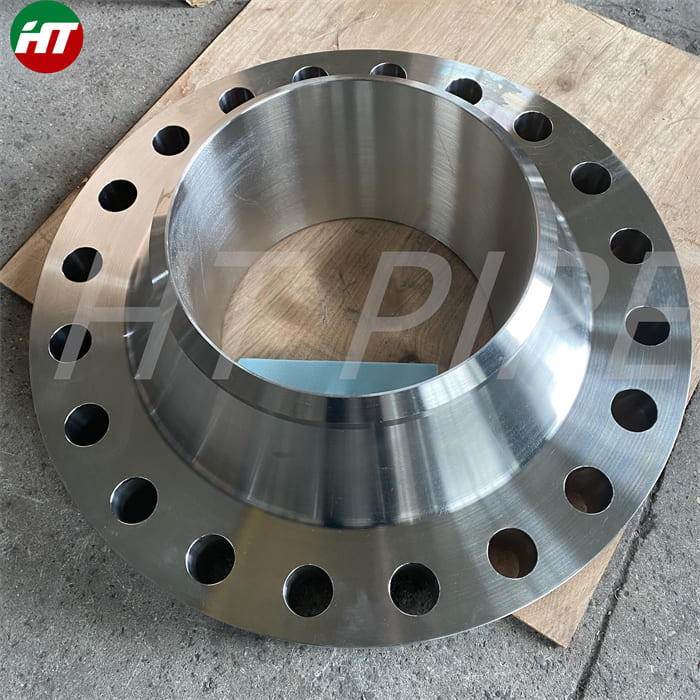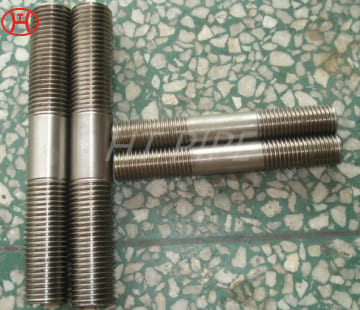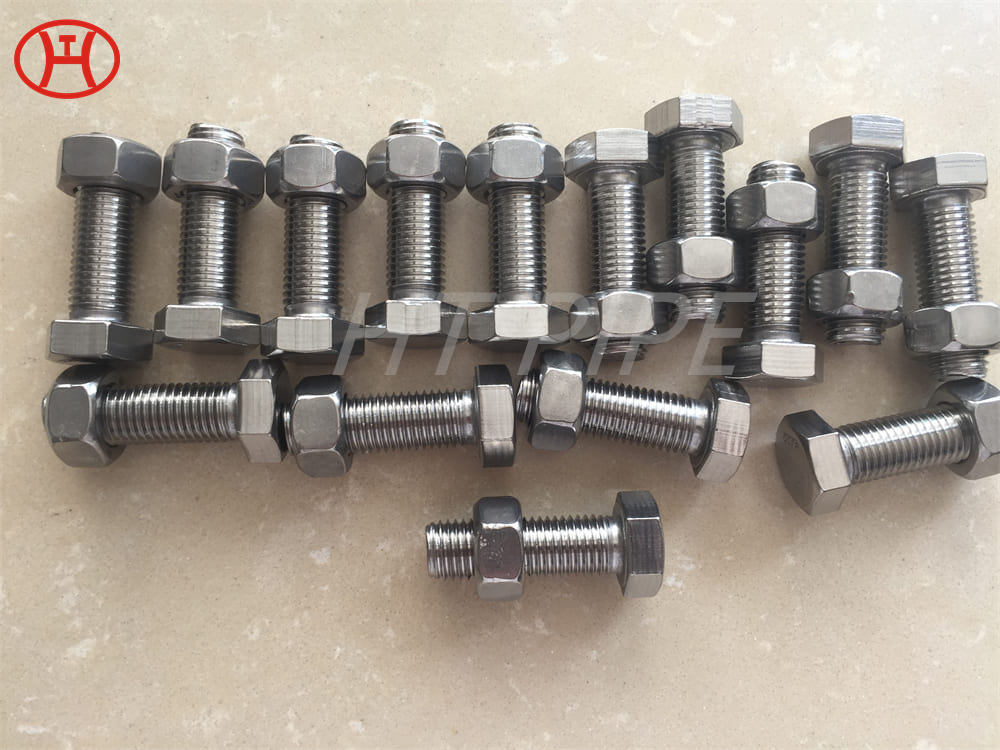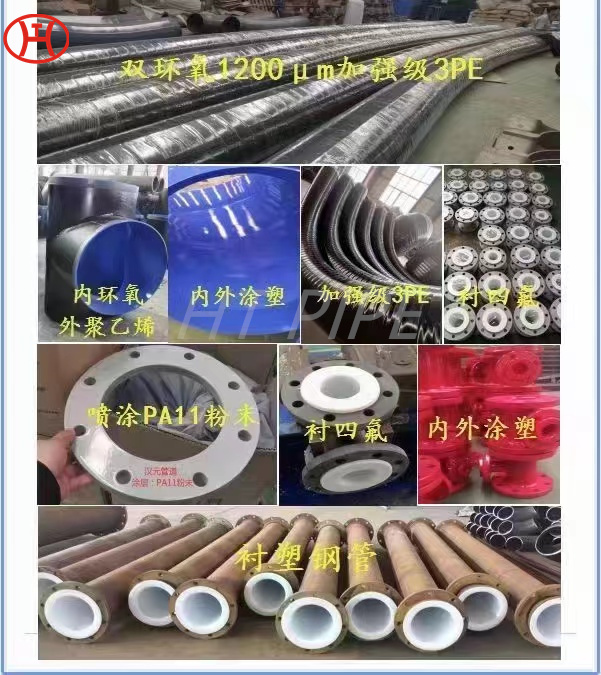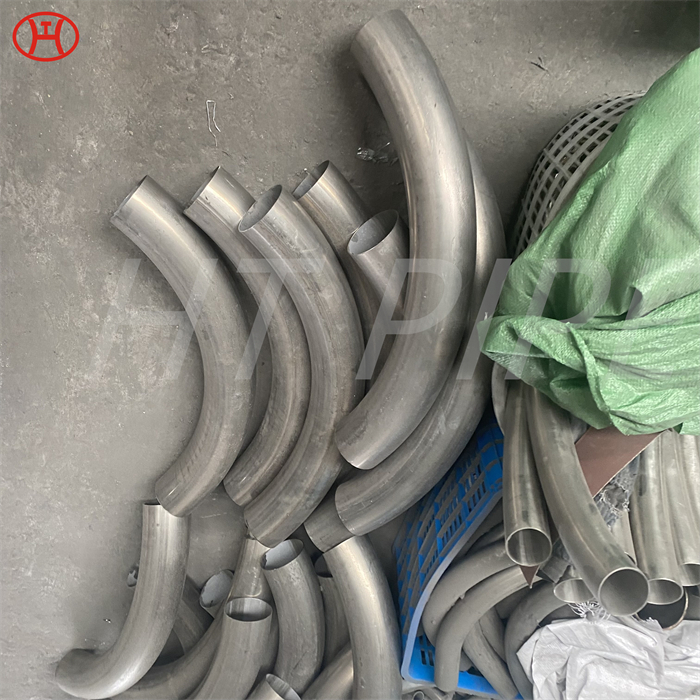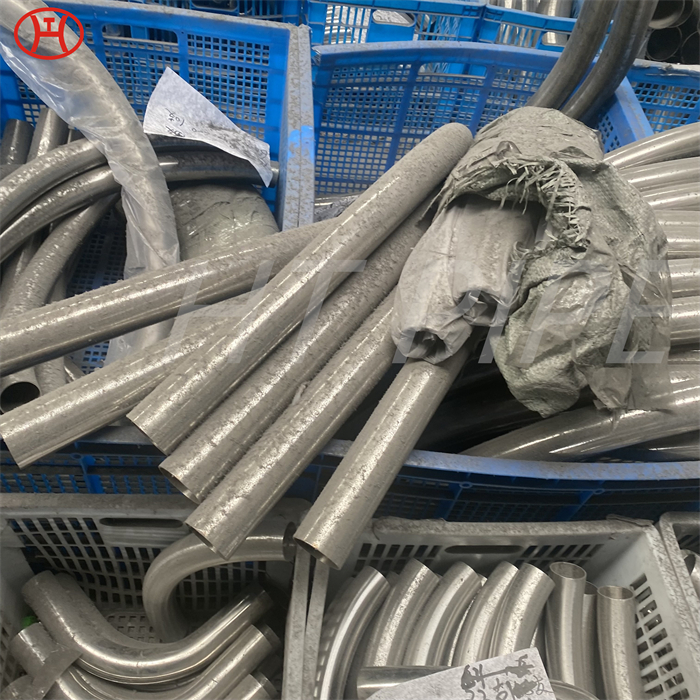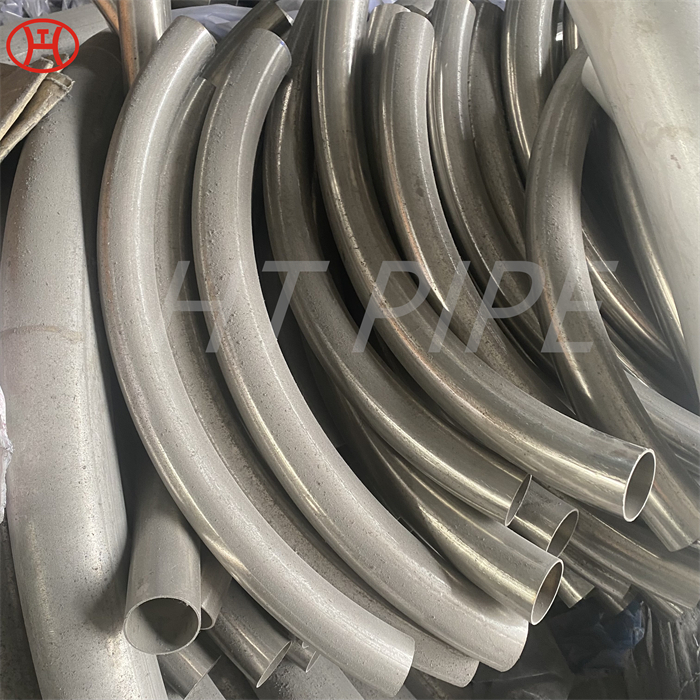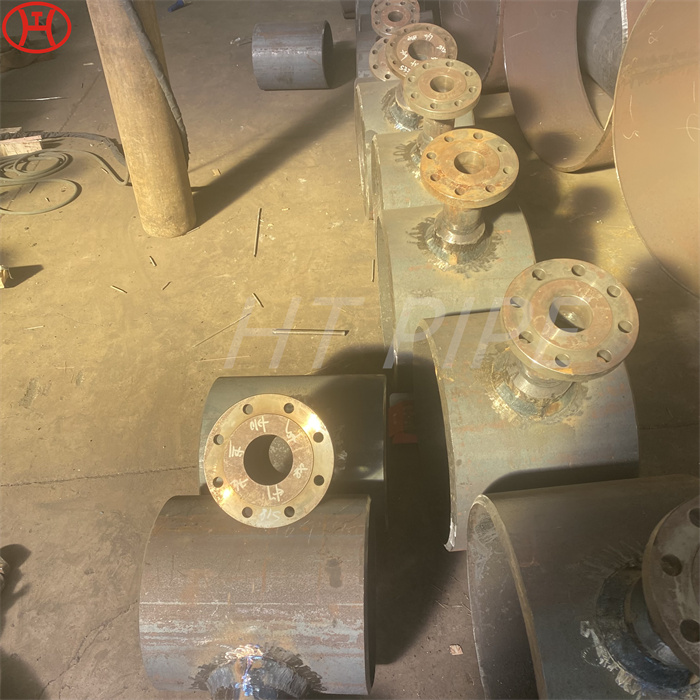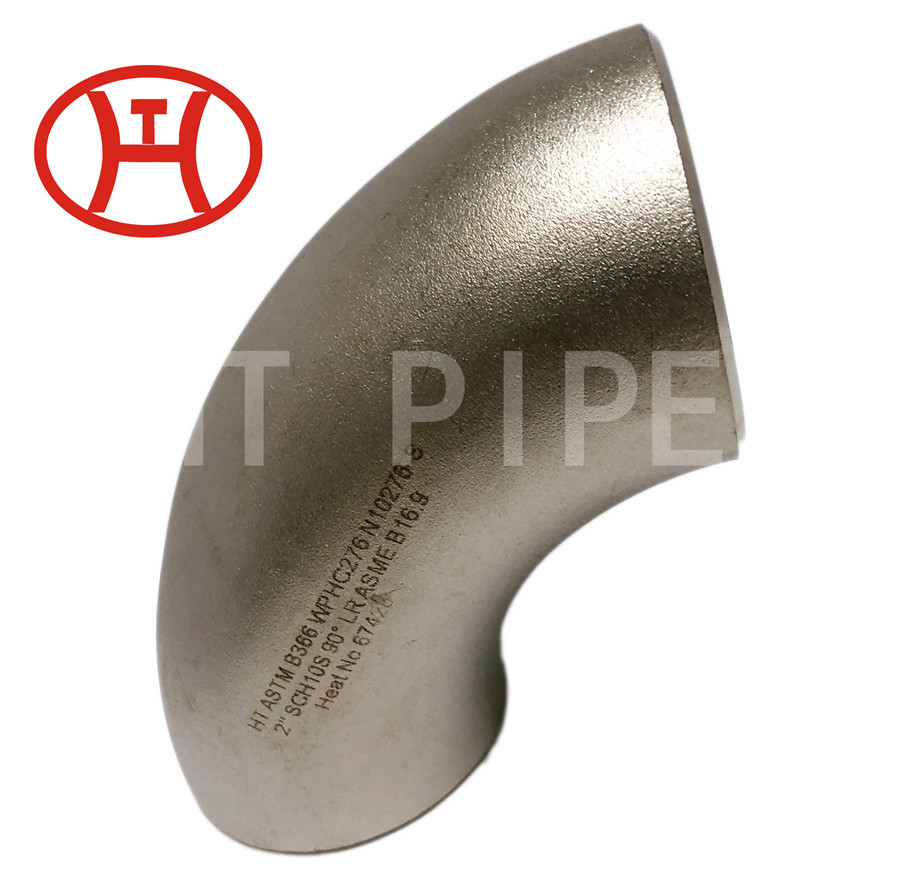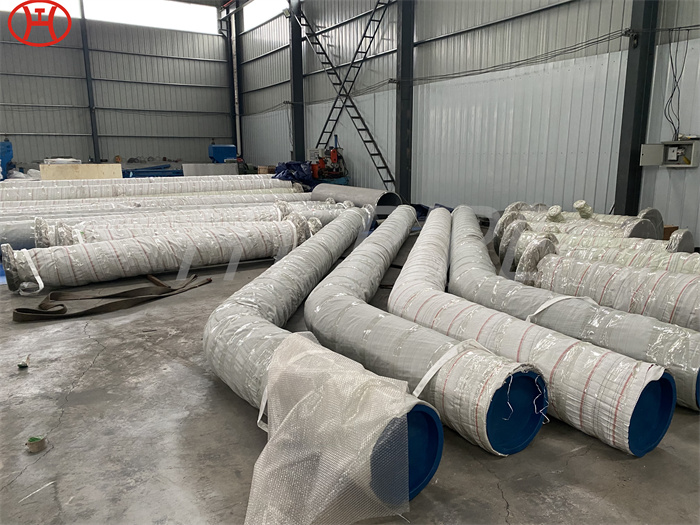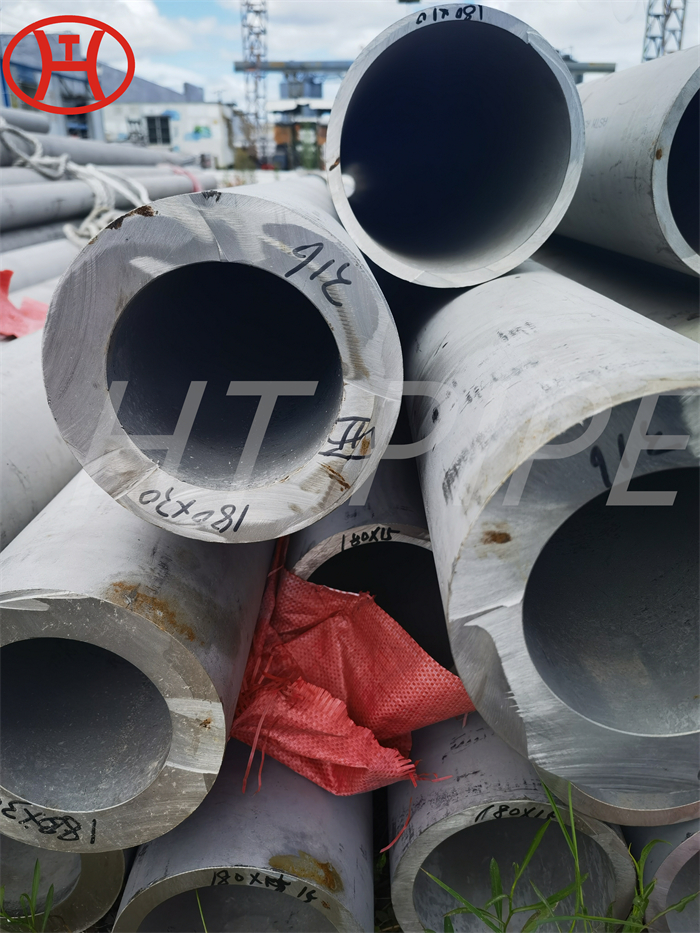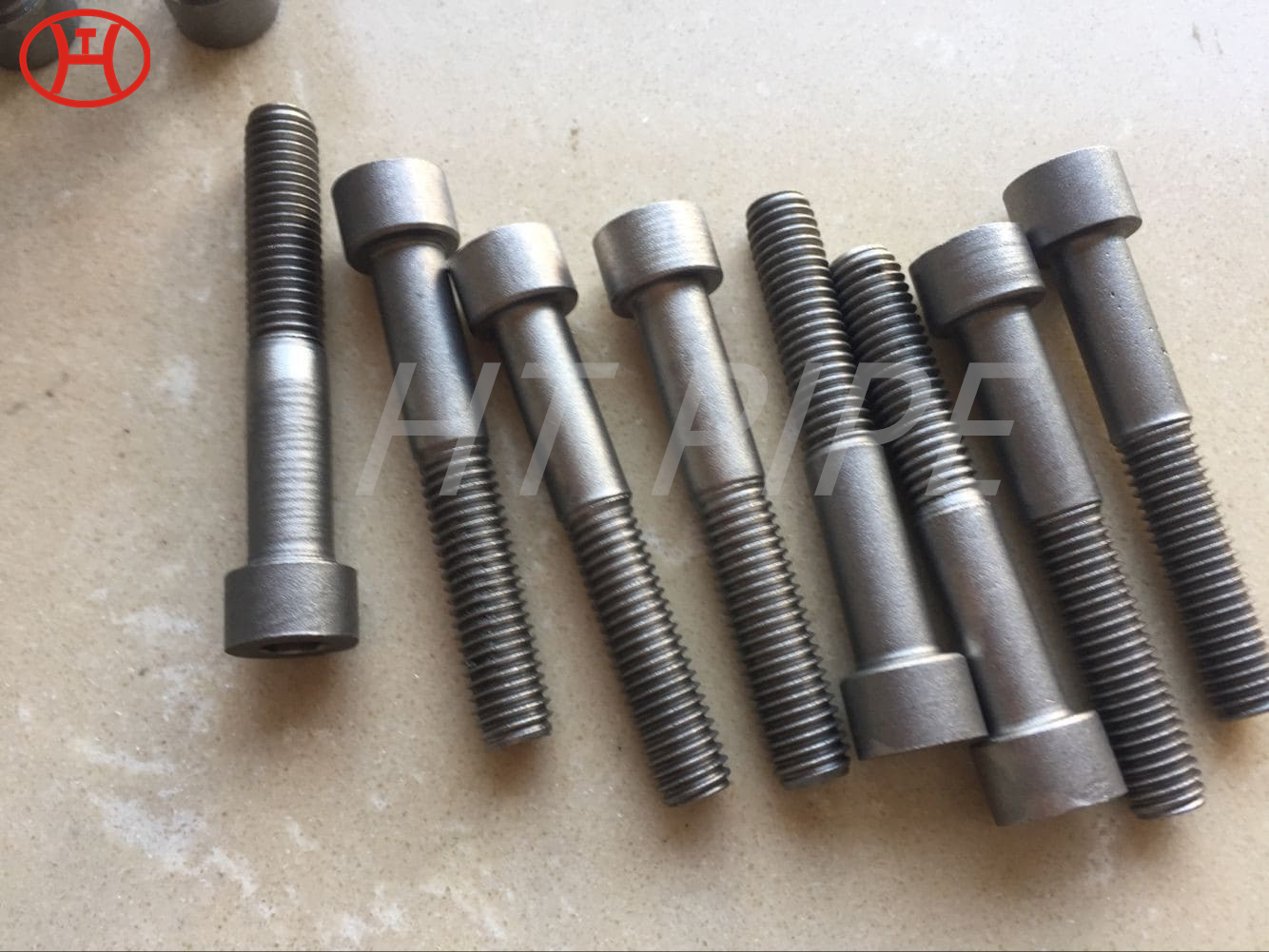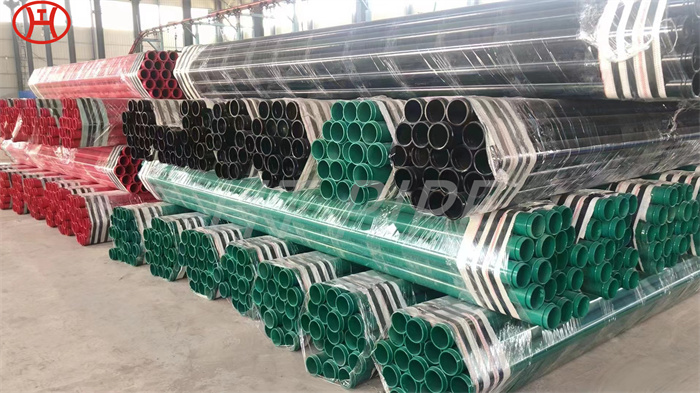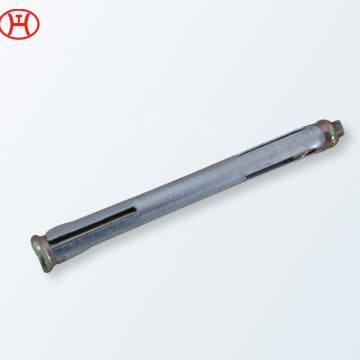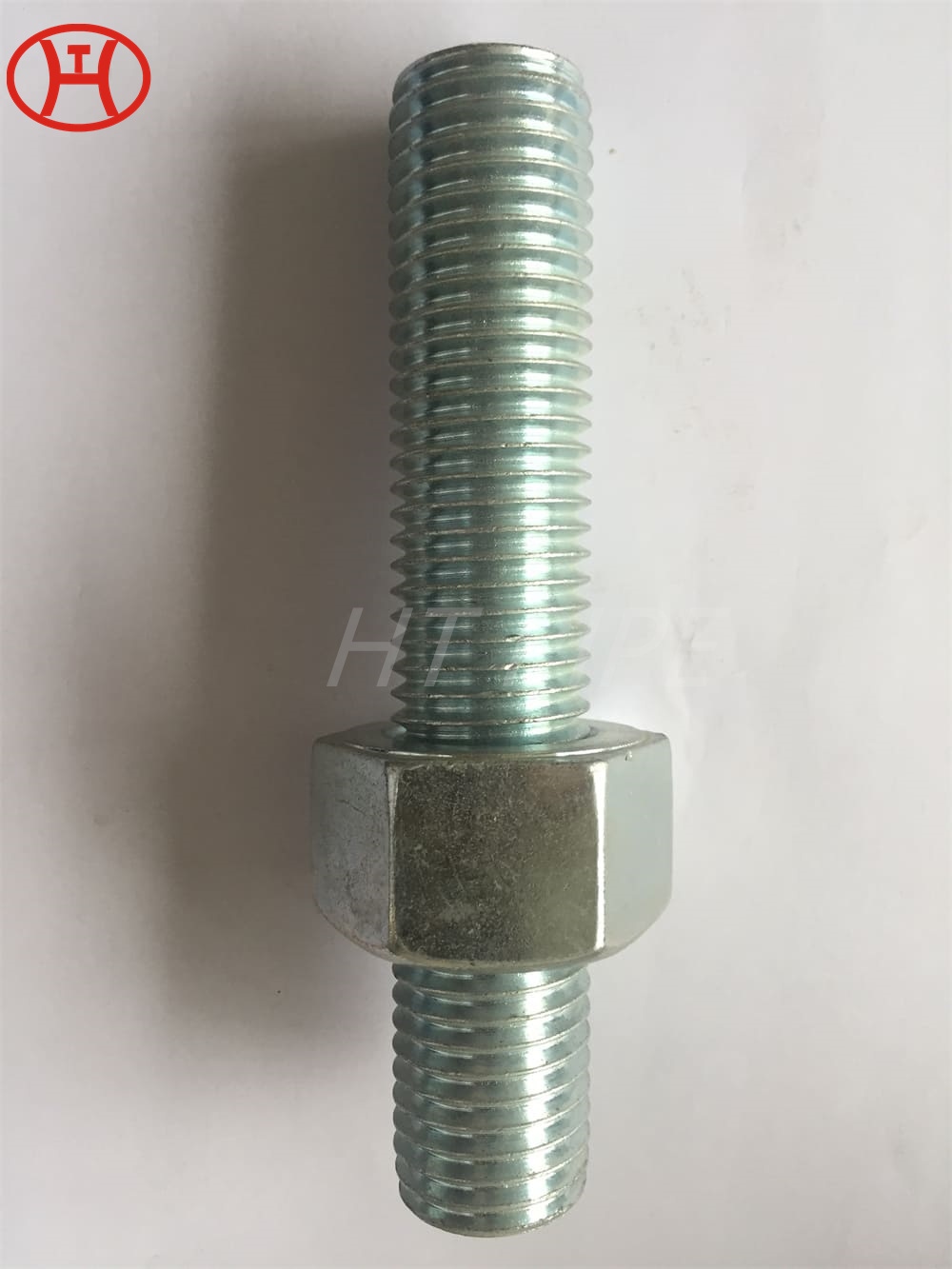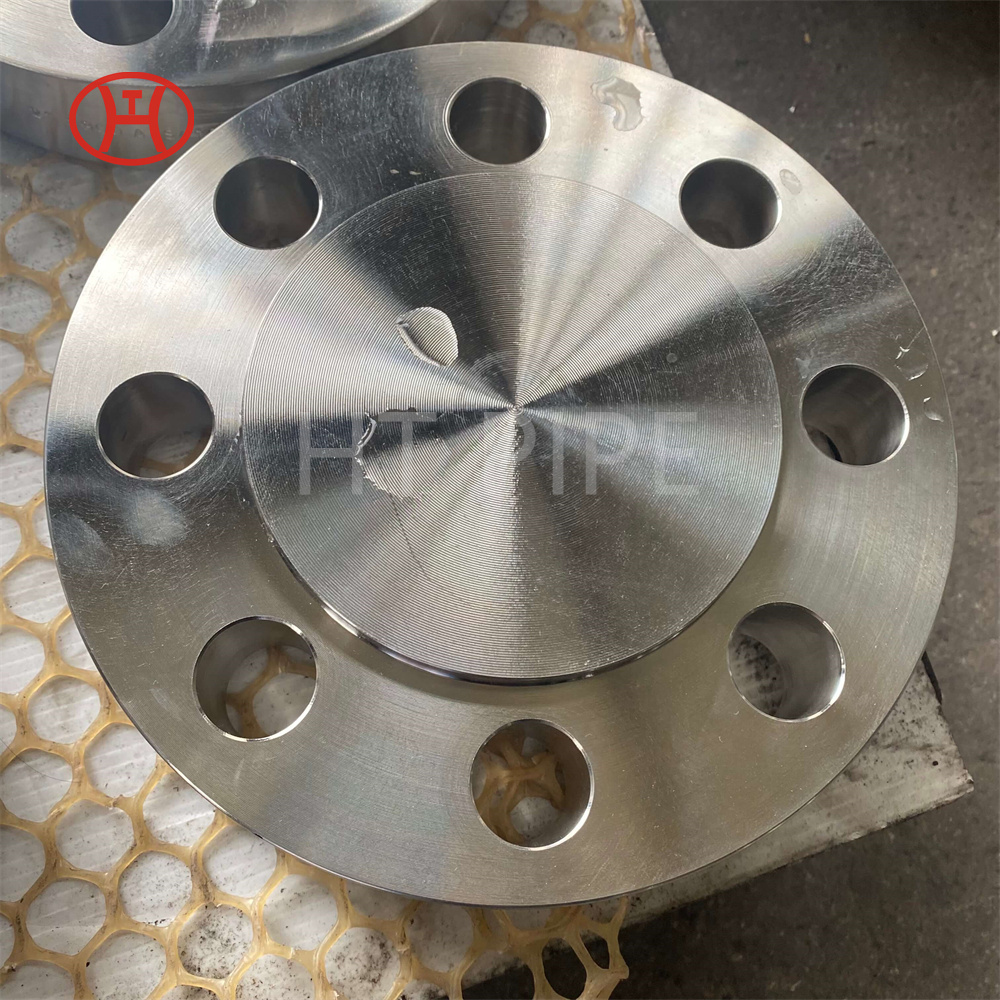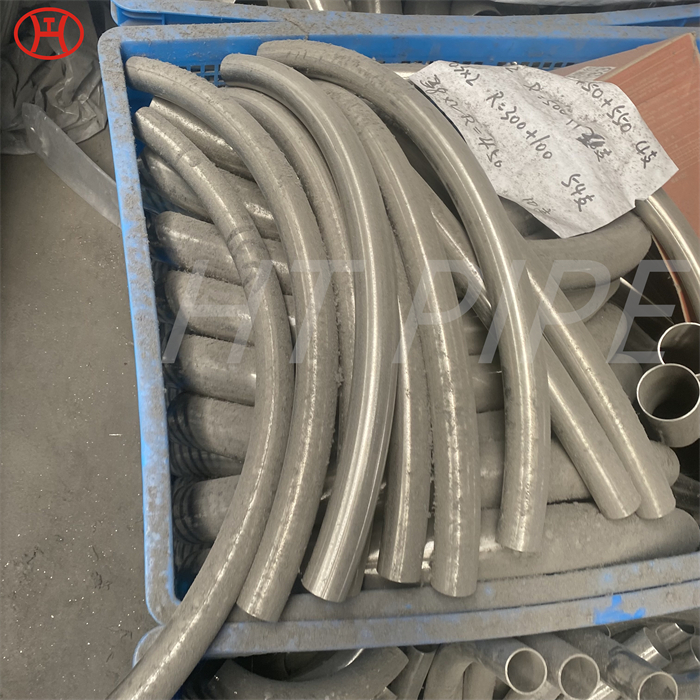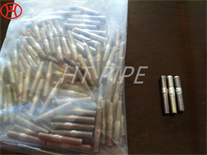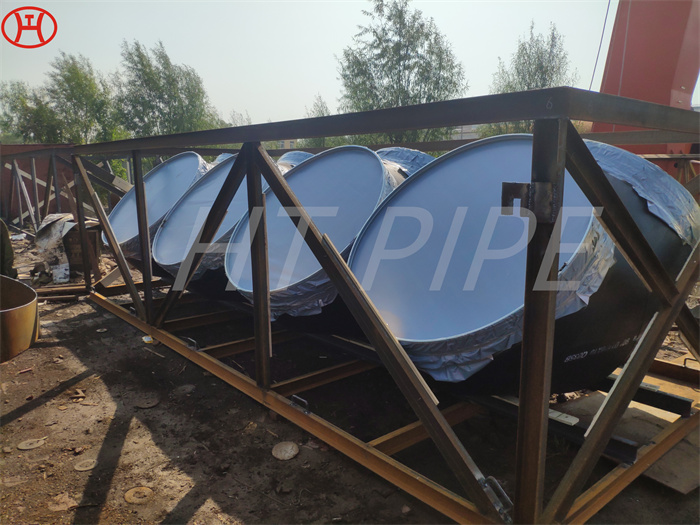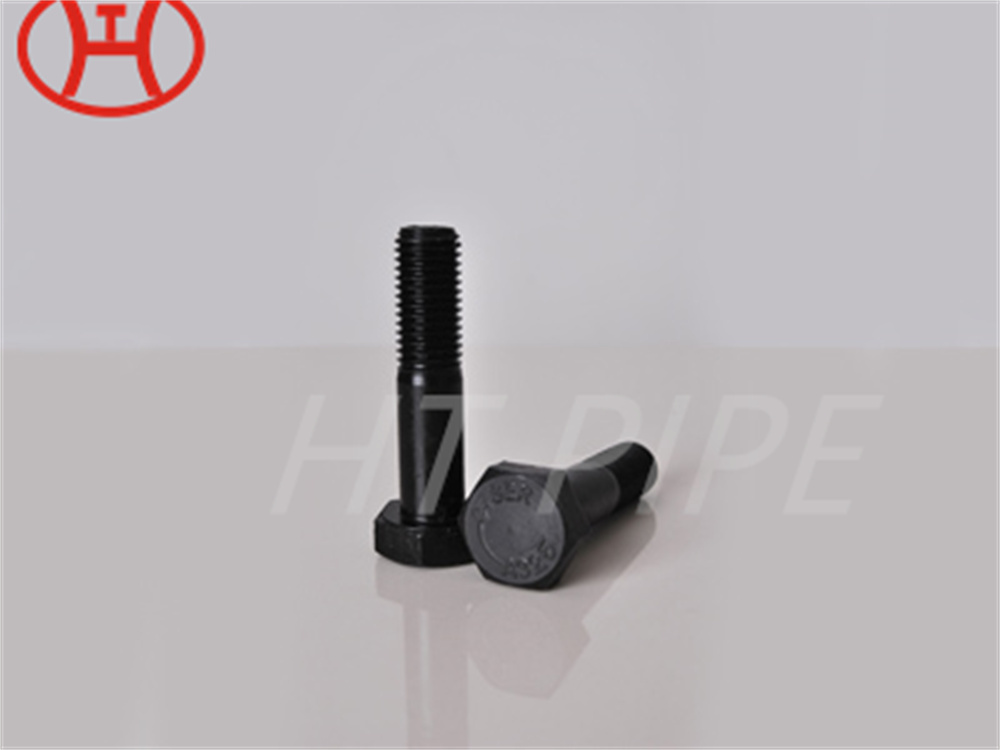hastelloy c276 2.4819 pipe with tees elbows and flanges
Hastelloy C-276 is easily fabricated by welding, using methods similar to those used for nickel-based alloys.
Hastelloy C-276 alloy has excellent resistance to a variety of chemical process environments, including strong oxidizing agents such as ferric and copper chlorides, hot fouling media (organic and inorganic), chlorine, formic and acetic acid, acetic anhydride, and seawater and brine solutions. It is used in flue gas desulfurization systems because of its excellent resistance to sulfur compounds and chloride ions encountered in most scrubbers. Alloy C-276 has excellent resistance to pitting and stress corrosion cracking. It is also one of the few materials that can withstand the corrosive effects of wet chlorine, hypochlorite and chlorine dioxide.
This tungsten-added nickel-molybdenum-chromium alloy has excellent corrosion resistance in a wide range of corrosive media, especially pitting and crevice corrosion. Hastelloy C-276 is considered the most versatile corrosion-resistant alloy because it resists the formation of grain boundary precipitates in the weld heat affected zone; this makes it ideal for most chemical process applications in the as-welded state.









































































































